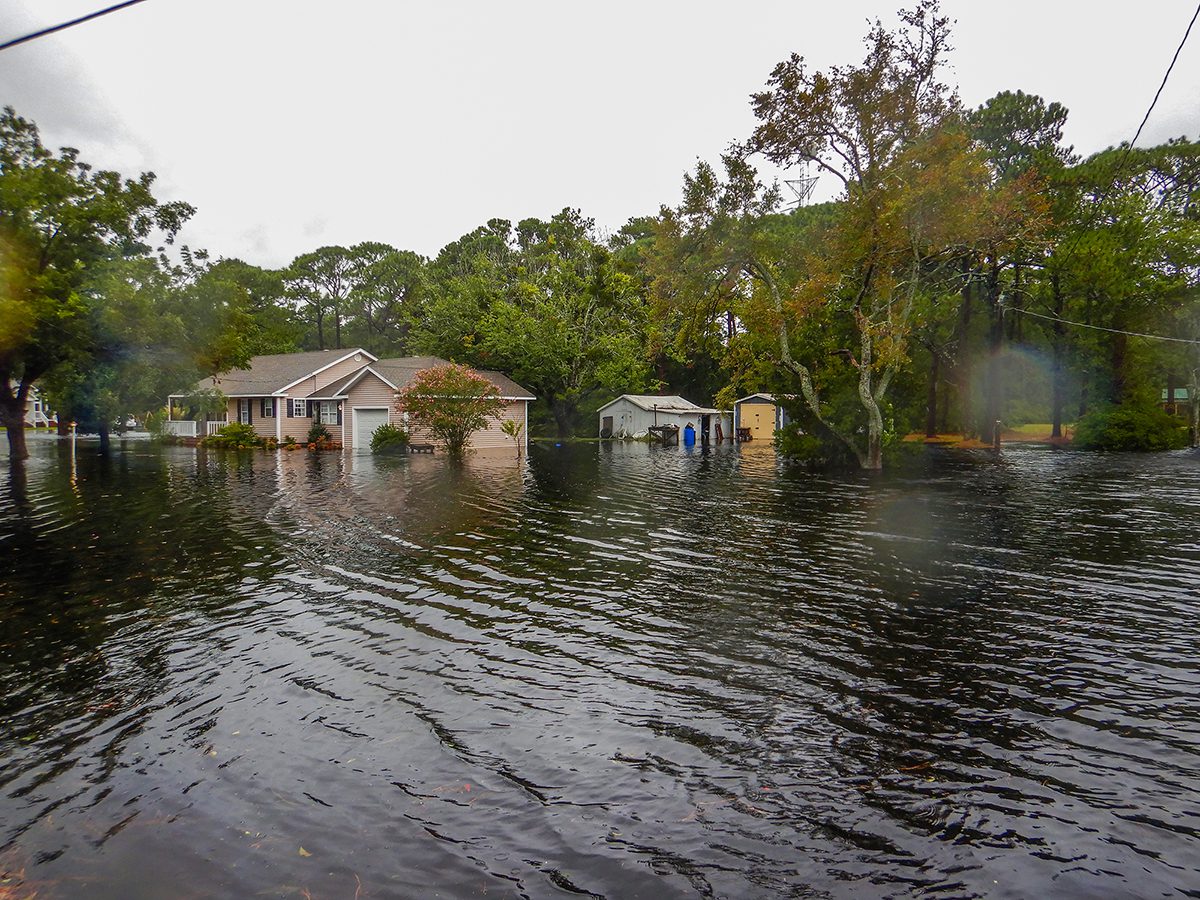
Essentially all marine life is vulnerable to the effects of climate change.
To develop adaptation strategies, a thorough understanding of how climate change impacts individual species and ecosystems is necessary. That’s why a group of researchers led by Dr. Daniel G. Boyce of the Bedford Institute of Oceanography developed an extensive index for evaluating the risks that climate change poses to marine life.
Sponsor Spotlight
Their work, published Monday in Nature, looks at climate risk for marine life through two possible emissions trajectories, called shared socioeconomic pathways.
“These are basically scenarios for how human development will continue into the future — how our activities will affect our greenhouse gas emissions,” Boyce said.
Under the high-emissions future, wherein emissions continue to increase and raise the global temperature by about 5 degrees from preindustrial levels, the outlook is dire. Nearly 90% of the 24,975 studied are classified as at high or critical risk by the year 2100. However, the extreme mitigation pathway, a negative emissions scenario, reduces the risk across the board for 98.2% of species.
“We used the two most extreme scenarios to paint the two most extreme pictures of how climate risk for species would vary,” Boyce said.
Sponsor Spotlight
When it comes to marine conservation and climate change management, the researchers hope this index can help prioritize vulnerable species and ecosystems.
Climate change spurs environmental changes and the loss of biodiversity. This, in turn, affects things like species health and food security for humans. Climate change vulnerability assessments are one of the ways in which humans can plan to adapt.
In the past, said Boyce, vulnerability assessments have not been thoroughly incorporated into policy and management. The researchers here attempted to create an index that was comprehensive and flexible enough to be applied to different conservation scenarios over time.
“I think that there’s been a limited uptake of the knowledge produced in those studies to conservation and management decision making,” Boyce said. “And that was sort of the gap that we were trying to remedy with this study.”
The researchers evaluated 24,975 marine species and ecosystems across the world. They focused primarily on what can be found in the upper 100 meters – roughly 330 feet — of the water column, since temperature changes will be felt most severely here. They assessed mostly animals, but also other marine life such as plants and bacteria.
The researchers used 12 climate change-related indices to calculate present-day risk, future exposure and future potential adaptability. This helped them generate an absolute risk score for each species.
Climate vulnerability varies substantially, both across species and from location to location. The highest vulnerability score that the researchers found belonged to the Chinese puffer, at a highly impacted nearshore site under the high emissions pathway. The Chinese puffer is already a species at risk because of high demand for it.
Higher risk areas for ecosystems include the tropics, some polar regions, and nearshore areas. They also found that top predators were at a greater risk because of climate change than those at the bottom of the food web. This suggests that climate change will destabilize ecosystem function and energy transfer. The data implies that the mitigation pathway will reduce the need for ecosystem restructuring.
“There are factors other than the projected future climate which contribute to the overall climate risk for species,” Boyce said. “If you have a species that has a very small geographic range, and its range is very fragmented, it’ll be much more susceptible or at risk to climate impacts, because it just can’t go anywhere else. It has to live in its narrow, small environment.”
The researchers took their framework a step further, and applied their index to commonly fished species to evaluate the relationship between climate risk and socioeconomic equity.
They found that low-income countries, with lower levels of food security and a high dependence on fisheries, will experience a systematically higher climate risk to their fisheries in the high-emissions pathway.
However, under the mitigation pathway, they also experience the greatest risk reduction. These are generally countries that contribute the least to global emissions, but are also among those impacted the most by climate change. Therefore, climate change threatens to deepen an already existing socioeconomic divide.
Low-income countries are already very poorly positioned to adapt to climate change, Boyce said. “And this is another stressor on top of that.”
These results show that the climate risk for marine life strongly corresponds to the level of future emissions. As the effects of climate change get worse, this index can help inform priority areas for conservation and other evidence-based policy. The researchers hope that the index can help reduce the number of extinctions, increase adaptability to climate change and thereby build resilience.







